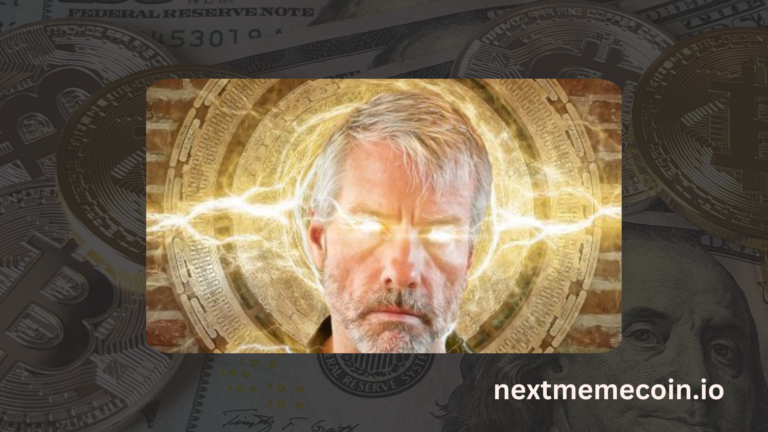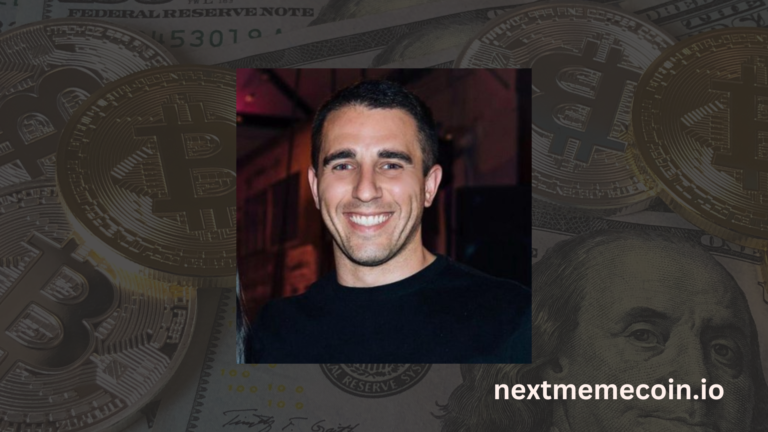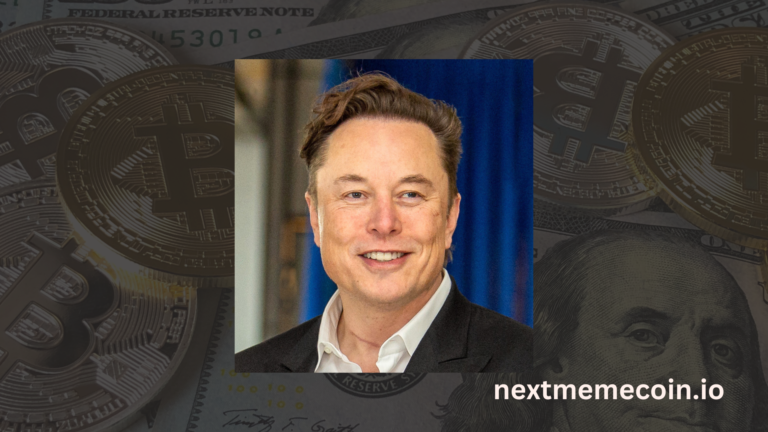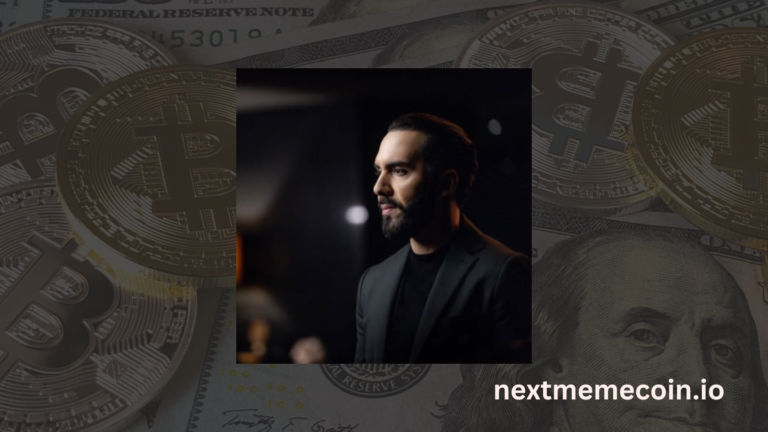Who is Dan Larimer? Bio, Net Worth & EOS’s Blockchain Bet
Dan Larimer is a name that echoes through the halls of cryptocurrency—a software genius who’s left his mark on blockchain’s wild frontier. If you’re just dipping your toes into crypto, Larimer’s story is a must-know. He’s the brain behind BitShares, Steem, and EOS—three projects that pushed the boundaries of what decentralized tech can do. With EOS, he made a blockbuster bet: a blockchain that could handle millions of transactions per second, fee-free, and ready for real-world apps. It raised $4 billion USD in a record-breaking ICO, but it’s also seen its share of drama—Larimer’s exits, community clashes, and a rollercoaster price ride. This guide dives into who Dan Larimer is, how he built his fortune, and why EOS’s big gamble matters to you—whether you’re eyeing a $5 USD crypto buy or just curious about the tech shaking up money. No jargon overload here—just a clear path through a coder’s dream turned global saga.
From Colorado to Code: A Tech Kid’s Rise
Dan Larimer was born in Colorado, USA, in the early 1980s—exact date fuzzy, as he keeps personal stuff close to the chest. His dad, Stan Larimer, was an aerospace engineer who later jumped into blockchain with him, but as a kid, Dan was already hooked on tech. He learned to code in elementary school, thanks to Stan’s guidance, tinkering on early computers while most kids played outside. The family bounced around—Colorado to Florida to Virginia—before Dan landed at Virginia Tech, earning a Bachelor’s in Computer Science in 2003. That degree wasn’t just a paper; it was his launchpad.
Post-college, Larimer dove into software engineering. He spent 2007 to 2011 at Torc Robotics in Blacksburg, Virginia, coding for self-driving cars—a gig that sharpened his skills on complex systems. Before that, he’d tried his hand at entrepreneurship, co-founding a virtual reality startup with friends. It made money for five years but folded—teaching him grit and the art of moving on. By 2009, he’d stumbled across Bitcoin via a Google search for “decentralized currency.” He swapped ideas with Satoshi Nakamoto on forums—until Satoshi brushed him off with a curt, “If you don’t get it, I don’t have time to convince you, sorry.” That snub lit a fire. Larimer didn’t just join the crypto wave; he started building his own.
Building Blocks: BitShares and Steem
Larimer’s first big swing came in 2013 with BitShares. Fed up with centralized exchanges crashing or getting hacked—like Mt. Gox—he dreamed up a decentralized platform. BitShares was a peer-to-peer ledger, exchange, and network all in one, launching with a stablecoin called bitUSD pegged to the dollar. He invented Delegated Proof of Stake (DPoS), a system where token holders vote for “delegates” to validate transactions—faster and less power-hungry than Bitcoin’s mining. Alongside Charles Hoskinson (later of Ethereum fame), he built it via Invictus Innovations, his firm from 2013 to 2015. BitShares was a hit, laying early groundwork for decentralized finance (DeFi).
In 2016, Larimer teamed with Ned Scott to create Steem—a blockchain powering Steemit, a social network that paid users in STEEM tokens for posts and upvotes. It was a wild idea: monetize content without ads, all on a fee-free blockchain using DPoS and Graphene, his open-source toolkit. Steemit took off, hitting a $400 million USD market cap by 2017. But Larimer bailed as CTO in March 2017—some say amicably, others hint at tension—leaving it to grow (and later shift under TRON’s Justin Sun in 2020). These wins cemented his rep as a visionary who could turn code into cash, setting the stage for his biggest bet yet.
EOS: The Blockchain Bet That Shook Crypto
In 2017, Larimer joined forces with Brendan Blumer at Block.one, a Cayman Islands-based outfit, to launch EOS.IO—a blockchain billed as the “Ethereum killer.” The pitch? Scale to millions of transactions per second, ditch user fees, and make decentralized apps (dApps) a breeze to build. Launched June 1, 2018, as open-source software, EOS used DPoS to hit speeds Ethereum couldn’t touch—think 4,000 transactions per second versus Ethereum’s 15 back then. Larimer, as CTO, architected it like an operating system: accounts, databases, and app scheduling across clusters, all fee-free for users (costs offset by staked tokens).
The hype was unreal. Block.one’s year-long ICO, starting June 26, 2017, raised $4.1 billion USD—the biggest ever—selling EOS tokens on Ethereum’s network. At its 2018 peak, EOS hit $22.89 USD, with a market cap topping $17 billion USD. Larimer called it a game-changer for “securing life, liberty, and property” through free-market tech. But cracks showed fast. Bugs plagued the code, and the 21 block producers—elected by token holders—faced vote-buying scandals. Critics slammed it as too centralized; Larimer himself admitted in 2018 that full decentralization wasn’t the goal. Still, it drew dApps like EOSBet and Everipedia, proving it could work.
The Exit and Aftermath: EOS’s Rocky Road
Larimer’s EOS stint ended abruptly. On January 10, 2021, he quit Block.one via a post on Voice, their social platform, saying, “All good things must end.” He’d been CTO since 2017, but left December 31, 2020, to chase “censorship-resistant tech.” EOS’s price tanked 15% that day, dropping to $2.93 USD—a sign of his clout. Fans felt betrayed—he’d promised to stay long-term—but it fit his pattern: build, succeed, bounce. Block.one shifted focus to its 140,000 Bitcoin stash and a crypto exchange, Bullish, leaving EOS holders fuming over unspent ICO billions.
The community fought back. In December 2021, they voted to cut Block.one’s token grants—worth $250 million USD—birthing the EOS Network Foundation (ENF) to steer the ship. Larimer returned in 2022 with “Mandel,” a hard fork giving ENF control, and kept coding via ClarionOS. By March 2025, EOS sits at $0.74 USD, down 87% from its high, but it’s still a top-50 crypto with a $900 million USD market cap. Larimer’s bet didn’t flop—it just morphed into a community-driven beast he no longer runs.
Net Worth: A Crypto Fortune’s Guesswork
How much is Dan Larimer worth? It’s a crypto riddle—his wealth’s tied to volatile coins and quiet exits. Estimates peg him at $600 million to $700 million USD as of 2025, though some whisper higher. His haul comes from BitShares, Steem, and EOS stakes—likely millions of tokens each. Say he held 10 million EOS from the ICO at $0.50 USD each in 2017; at $22.89 USD in 2018, that’s $228 million USD. Steem’s 2017 peak could’ve added $50 million USD more if he kept early coins. Plus, Block.one equity—maybe 5% of a $4 billion USD raise—could’ve netted $200 million USD.
But Larimer’s not a hoarder. He’s sold off chunks—exact amounts unknown—and funneled cash into new ventures like Fractally, a governance project launched post-Block.one, and ClarionOS. No mansions or Lambos here—he’s a Blacksburg, Virginia, resident, married with kids, living low-key. His real wealth? Influence and a knack for sparking crypto revolutions, even if he walks away when the fire’s hottest.
Life Beyond EOS: Freedom and Fractals
Larimer’s a libertarian at heart—anti-government, pro-freedom. His dad’s aerospace tales and Ron Paul’s 2008 campaign fueled his drive to ditch centralized control. Post-EOS, he’s chased that via ClarionOS—a decentralized communication net—and Fractally, a DAO tweak for fairer governance. He’s also penned “More Equal Animals,” a book blending blockchain with philosophy. On X, with 10,000 followers as @bytemaster7, he’s been quiet since 2021, but his ideas still ripple—some call him a grifter, others a genius.
At 42 or so, he’s not slowing down. Family life in Virginia keeps him grounded—wife and kids unnamed, privacy intact. His legacy? DPoS, DeFi’s roots, and EOS’s wild ride—a bet that blockchain can outpace old systems, even if it stumbles along the way.
Why Larimer and EOS Matter to Newbies
For crypto beginners, Larimer’s a lesson in big swings and bigger stakes. EOS was his moonshot—a blockchain to make your $5 USD move fast, free, and global. It’s not Bitcoin’s slow grind or Ethereum’s gas fees; it’s a bet on usability. Buy $10 USD of EOS today, and you’re in on his vision—warts and all. His exits show crypto’s human side: brilliance builds it, but communities carry it. Start small, test a dApp, and you’ll feel the pulse of his dream—a world where tech hands you the reins.
Frequently Asked Questions
What’s EOS, and why’d Larimer make it?
EOS is a blockchain for fast, free dApps, launched by Block.one in 2018. Larimer built it to scale past Bitcoin and Ethereum, aiming for millions of transactions per second with no user fees.
How much is Larimer worth?
Roughly $600 million to $700 million USD in 2025—think BitShares, Steem, EOS stakes, and Block.one equity. It’s a guess; he’s private and sells off chunks.
Why’d he leave EOS?
He quit Block.one in 2020, eyeing “censorship-resistant tech” after four years as CTO. It’s his MO—build big, then bolt—leaving EOS to the community.
What’s DPoS, and why’s it a big deal?
Delegated Proof of Stake is Larimer’s brainchild—token holders vote for validators, slashing energy use and boosting speed. It’s EOS’s backbone and DeFi’s early spark.
How do I try EOS?
Grab $5 USD of EOS on an exchange, stake it, or use a dApp like Upland. It’s quick, cheap, and shows off Larimer’s bet on a smoother blockchain.
Conclusion
Dan Larimer’s a blockchain maverick—BitShares, Steem, and EOS prove it. His $4 billion USD EOS bet aimed to rewrite crypto’s rules, hitting highs of $22.89 USD before settling at $0.74 USD today. Worth $600 million to $700 million USD, he’s less about cash than code, leaving projects to chase freedom-focused tech like Fractally. For beginners, he’s a reminder: crypto’s messy, brilliant, and yours to explore. His EOS gamble—flawed but fearless—still shapes the $5 USD trades you can make now. Larimer’s not done; he’s just dreaming bigger.





